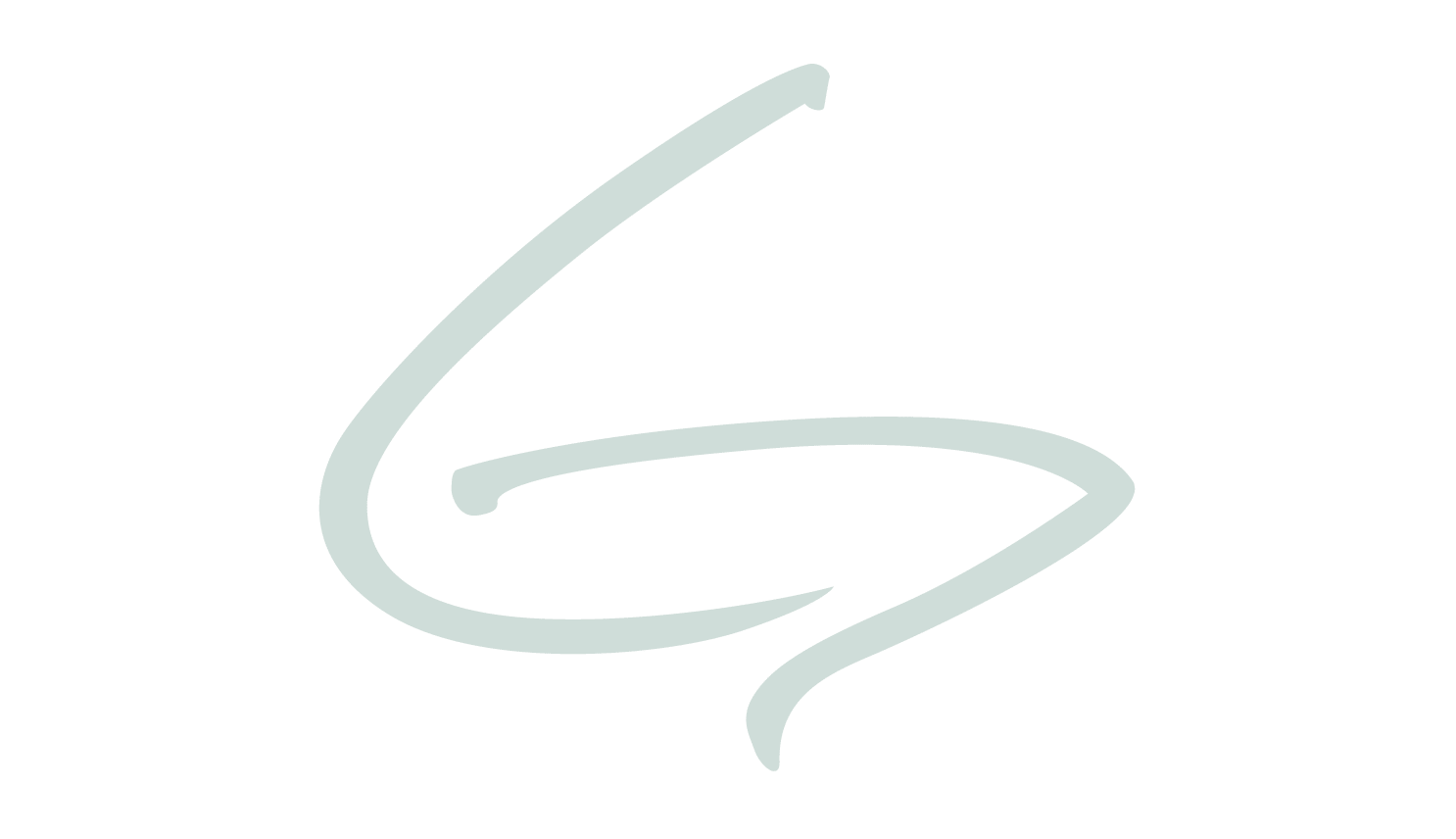August – June
You are what you eat! Our farmers care for our animals so that we can produce the highest quality of food. Young learners who visit the farm will deepen their knowledge of where their food comes from while middle and high school students will uncover the science required to produce the food in our farm market. Come explore how our farming practices can turn green pastures into great products, like meat and eggs!
Ohio Science Standards:
- K.LS.1: Living things have specific characteristics and traits.
- 1.LS.1 Living things have basic needs, which are met by obtaining materials from the physical environment.
- 2.LS.1: Living things cause changes on Earth.
- 3.LS.3: Plants and animals have life cycles that are part of their adaptations for survival in their natural environments.
- 4.LS.1: Changes in an organism’s environment are sometimes beneficial to its survival and sometimes harmful.
- 5.LS.2: All of the processes that take place within organisms require energy.
- 6.LS.4 Living systems at all levels of organization demonstrate the complementary nature of structure and function.
- 7.LS.1 Energy flows and matter is transferred continuously from one organism to another and between organisms and their physical environments.
- 8.LS.3 The characteristics of an organism are a result of inherited traits received from parent(s).
- ENV.ER.4: Soil and land
- ENV.GP.4: Sustainability
- ENV.GP.7: Food production and availability
Indiana and NGSS:
- K-ESS3-1 Use a model to represent the relationship between the needs of different plants and animals (including humans) and the places they live.
- 2-LS4-1 Make observations of plants and animals to compare the diversity of life in different habitats.
- 3-LS4-3 Biological Evolution: Unity and Diversity Construct an argument with evidence that in a particular habitat some organisms can survive well, some survive less well, and some cannot survive at all.
- 4-LS1-1 Construct an argument that plants and animals have internal and external structures that function to support survival, growth, behavior, and reproduction.
- 5-ESS3-1. Obtain and combine information about ways individual communities use science ideas to protect the Earth’s resources and environment.
- 3-5-ETS1-1 Define a simple design problem reflecting a need or a want that includes specified criteria for success and constraints on materials, time, or cost.
- MS-LS1-6 Construct a scientific explanation based on evidence for the role of photosynthesis in the cycling of matter and flow of energy into and out of organisms.
- MS-LS4-5 Gather and synthesize information about the technologies that have changed the way humans influence the inheritance of desired traits in organisms.
- HS-ESS3-1 Construct an explanation based on evidence for how the availability of natural resources, occurrence of natural hazards, and changes in climate have influenced human activity
- HS-LS2-1 Use mathematical and/or computational representations to support explanations of factors that affect carrying capacity of ecosystems at different scales.
- HS-LS2-7. Design, evaluate, and refine a solution for reducing the impacts of human activities on the environment and biodiversity.
Ohio Social Studies Standards:
- K: Economics – Production and Consumption: Goods are objects that can satisfy an individual’s wants. Services are actions that can satisfy an individual’s wants.
- 1: Economics – Production and Consumption Goods: People produce and consume goods and services in the community.
- 2: Economics – Production and Consumption Goods: Most people around the world work in jobs in which they produce specific goods and services.
- 3: Geography – Places and Region: Daily life is influenced by the agriculture, industry and natural resources in different communities.
- 4: Economics – Economic Decision Making and Skills: Tables and charts organize data in a variety of formats to help individuals understand information and issues.
- 5: Economics – Scarcity: The availability of productive resources (i.e., entrepreneurship, human resources, capital goods and natural resources) promotes specialization that could lead to trade
- 6: Economics – Scarcity: The fundamental questions of economics include what to produce, how to produce and for whom to produce.
- High School: Economics and Financial Literacy: Economists analyze multiple sources of data to predict trends, make inferences and arrive at conclusions
- High School: Fundamentals of Economics: Markets exist when consumers and producers interact. When supply or demand changes, market prices adjust. Those adjustments send signals and provide incentives to consumers and producers to change their own decisions.
- High School: Fundamentals of Economics: 6. Competition among sellers lowers costs and prices, and encourages producers to produce more of what consumers are willing and able to buy. Competition among buyers increases prices and allocates goods and services to those people who are willing and able to pay the most for them.
Vocabulary:
Pasture, Product, Livestock, Farm Market, Mobile Chicken Coop, Herd, Flock, Egg (Yolk, White, Shell), Dissection, Ruminant, Bee Hive, Quality, Quantity, Management, Cost, Study
